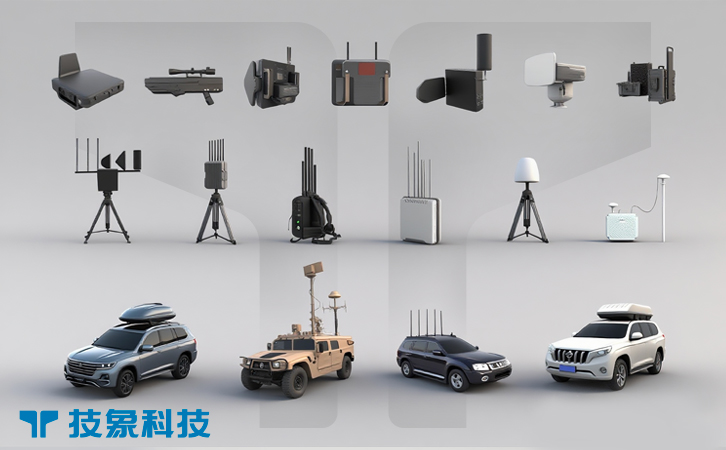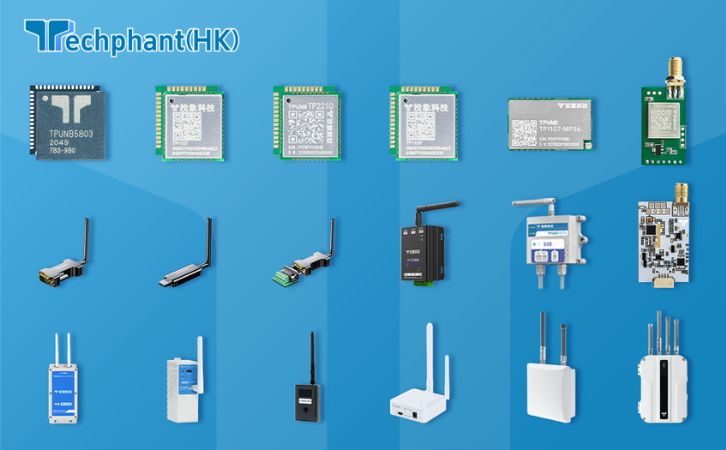The rise of unmanned aerial vehicles (UAVs) has introduced a new avenue for smuggling contraband into prisons, with drones delivering drugs, weapons, and cell phones directly into facilities, bypassing traditional security measures. In 2025, with over 6 million commercial drones worldwide, prison authorities face a surge in such incidents, with U.S. facilities alone reporting over 1,000 drone incursions in the past year. Counter-drone systems (C-UAS) tailored for correctional environments are critical to combat this threat, employing detection and neutralization technologies to secure perimeters and prevent illicit deliveries. From RF sensors to net-based capture, these systems offer precise, non-disruptive solutions. This article explores the drone smuggling threat, detection technologies for prisons, neutralization strategies, and future advancements, highlighting how C-UAS safeguards correctional facilities from aerial intrusions.
I. The Drone Smuggling Threat in Prisons
Drones have become a preferred tool for smugglers targeting prisons due to their affordability, accessibility, and ability to evade ground-based security. Small commercial drones, costing as little as $500, can carry payloads up to 5 kg, delivering drugs like methamphetamine, weapons, or phones directly to inmates via precise drops. In 2025, the U.S. Bureau of Prisons noted a 70% increase in drone-related smuggling attempts, with incidents like a 2024 Ohio prison drop delivering 200 grams of heroin underscoring the severity. These intrusions threaten inmate safety, fuel prison black markets, and undermine rehabilitation efforts, costing facilities millions in contraband recovery and security upgrades.
The challenge is amplified by drones’ stealth and autonomy. Many operate at low altitudes (under 100 meters) to avoid radar, using GPS or AI for navigation, making them hard to detect with traditional surveillance like cameras or guards. Urban prisons face additional hurdles, as nearby buildings create signal clutter, while rural facilities contend with vast perimeters that stretch limited resources. Criminals exploit these vulnerabilities, often flying at night or in poor weather to further evade detection. The economic incentive is clear: a single drone delivery can yield thousands in profit, driving organized crime to adopt UAVs. This escalating threat demands specialized C-UAS solutions that balance security with minimal disruption to prison operations, ensuring contraband is stopped without endangering staff or inmates.
II. Detection Technologies for Prison Airspace Security
Effective counter-drone systems for prisons rely on advanced detection technologies tailored to the unique constraints of correctional environments, where precision and non-intrusiveness are paramount. Radio frequency (RF) sensors lead the charge, passively scanning for drone control signals in the 2.4 GHz and 5.8 GHz bands, identifying UAVs and their operators’ locations without emitting signals that could alert smugglers. Systems like Dedrone’s RF-160, deployed in 2025 at federal prisons, detect drones up to 2 km away, pinpointing operators for law enforcement apprehension, achieving 95% accuracy in urban tests.
Radar systems, such as Robin Radar’s Elvira, complement RF by tracking drones’ physical movements, even in low-visibility conditions, with micro-Doppler analysis distinguishing UAVs from birds. These are critical for rural prisons with large perimeters, offering 360-degree coverage up to 5 km. Acoustic sensors, like Squarehead’s Discovair, detect drone propeller sounds, effective in noisy urban settings or against autonomous drones that emit no RF signals, with ranges up to 500 meters. Electro-optical/infrared (EO/IR) cameras provide visual confirmation, capturing footage for evidence, as seen in a 2025 California prison deployment that identified a drone’s make and payload.
AI enhances these systems by fusing data from multiple sensors, reducing false positives by 90% and enabling real-time alerts. Portable units, like DroneShield’s RfOne, allow rapid setup for high-risk periods, such as visiting hours. While effective, these technologies must navigate prison-specific challenges, like avoiding interference with inmate communication systems or nearby civilian airspace, making integration and calibration key to their success.
III. Neutralization Strategies to Stop Drone Deliveries
Once detected, drones must be neutralized quickly to prevent contraband drops, with prison C-UAS prioritizing non-destructive methods to avoid risks to inmates or staff. Net-based capture systems, such as Fortem’s DroneHunter, deploy AI-guided interceptor drones to ensnare rogue UAVs with reusable nets, safely retrieving them for forensic analysis. In 2025, a U.K. prison trial using DroneHunter thwarted 80% of smuggling attempts, capturing drones carrying drugs without debris hazards. Ground-based net launchers, like SkyWall’s SkyWall100, fire nets up to 100 meters, often with parachutes to lower drones gently, preserving evidence.
RF jamming disrupts drone communications, forcing landings or returns, with systems like D-Fend’s EnforceAir using targeted jamming to minimize interference with prison systems, consuming just 100 watts. GPS spoofing, another non-kinetic method, sends false navigation signals to redirect drones to safe zones, as tested in a 2025 Australian prison pilot powered by solar arrays. These methods are ideal for prisons, where kinetic destruction (e.g., missiles) risks collateral damage, and lasers’ high energy demands (100 kW+) are impractical for budget-constrained facilities. Integration with detection systems ensures rapid response, with AI automating neutralization decisions to counter fast-moving drones. However, regulatory restrictions, like U.S. FCC limits on jamming, require careful compliance, often limiting prisons to federal partnerships for active countermeasures.
IV. Challenges and Future Innovations
Counter-drone systems for prisons face significant challenges, including regulatory constraints, environmental factors, and costs. U.S. federal laws restrict jamming to authorized agencies, forcing many prisons to rely on passive detection, which may not deter determined smugglers. Urban prisons contend with signal clutter from nearby Wi-Fi or cellular networks, reducing RF accuracy, while rural sites struggle with vast perimeters requiring multiple sensors. Costs—$10,000 for RF units to $100,000 for radar—strain prison budgets, though modular systems like DroneShield’s SentryCiv offer affordable alternatives.
Privacy concerns arise from monitoring airspace over adjacent communities, necessitating transparent data protocols, as highlighted in 2025 policy debates. Autonomous drones, using onboard AI to avoid RF detection, further complicate efforts, requiring hybrid sensor approaches. Future innovations promise solutions: by 2030, AI-driven predictive analytics will forecast smuggling attempts based on flight patterns, improving interception rates. Biodegradable nets and solar-powered sensors, tested in 2025 EU trials, will reduce environmental impact. Edge computing will lower latency for real-time responses, and global standards, proposed at the 2025 Counter UAS Technology USA Conference, aim to ease regulatory barriers. These advancements will enhance prison C-UAS, making them more effective and accessible against evolving drone threats.
Conclusion
Counter-drone technology is transforming prison security in 2025, effectively combating the surge in drone smuggling that threatens safety and order. RF, radar, acoustic, and optical detection systems provide robust surveillance, while netting, jamming, and spoofing offer safe neutralization, tailored to correctional needs. Real-world successes, like U.K. and U.S. prison trials, demonstrate their impact, yet challenges like regulations and costs persist. Future innovations in AI, sustainable materials, and policy reform will strengthen these defenses, ensuring prisons remain secure from aerial intrusions. By investing in these technologies, authorities can safeguard facilities, disrupt illicit networks, and maintain rehabilitation efforts in an era of escalating drone threats.



